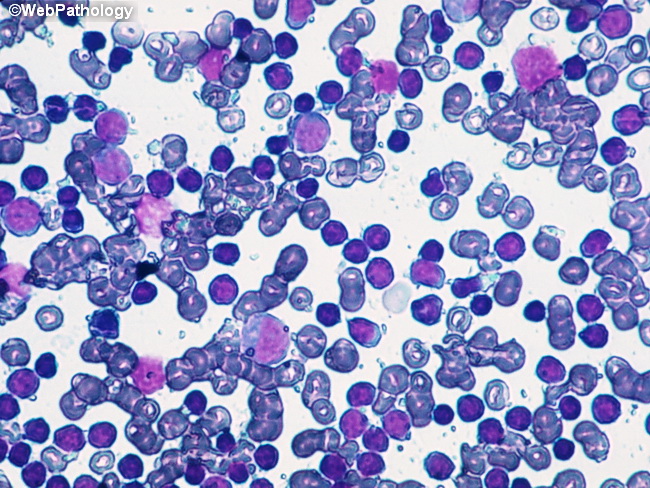Monoclonal B-Lymphocytosis


Comments:
It has been recognized that healthy, unaffected first-degree relatives of CLL patients and about 3% of healthy adults older than 40 years carry a monoclonal population of CD5+ B-cells - a condition that has been termed monoclonal B-cell lymphocytosis (MBL). Many of these cases have the same genetic abnormalities seen in sporadic CLL - such as 13q14 deletion and trisomy 12. The diagnosis of CLL requires ≥ 5.0 x 109/L of monoclonal B cells in the peripheral blood for at least 3 months. A level below this threshold is considered as monoclonal B-cell lymphocytosis. Monoclonal B-cell lymphocytosis may persist for years. The rate of progression to clinically significant CLL is less than 2% per year. At the present time, there are no reliable biologic distinctions between MBL and CLL and no way to identify which MBL patients are likely to progress to CLL. Recent studies, however, suggest that the differences in the immunoglobulin genes may offer some answers.



